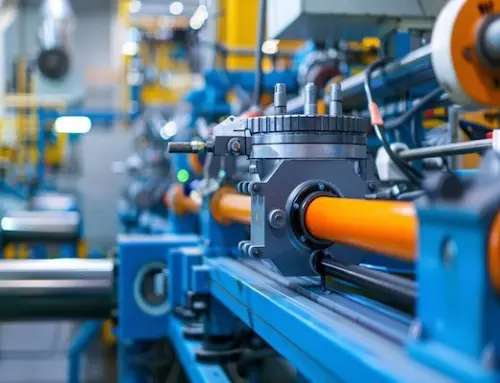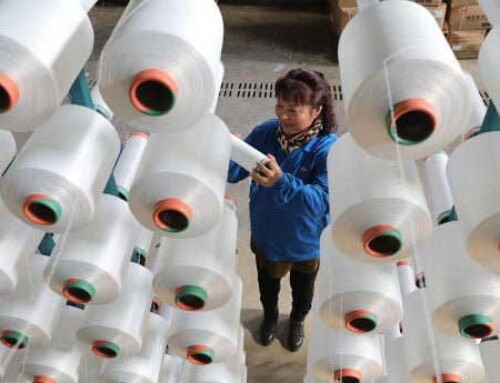Once the part design, resin selection, and tool design and build are complete, you can start your plastic injection molding parts manufacturing. The molding technician will begin by installing the tool, You should produce the first tool parts. From here on it is a trialing process to get the desired parts from the tool.
1. Tool Trials
A number of checks will be performed to ensure the tool is functioning as intended (ejectors and slides are all moving and not jamming, temperatures are within expected ranges) before the first shots of resin into the tool.
The technician will often begin by running a series of ‘short shots’ where the cavities are not fully filled. This allows visualization of the cavity filling and allows any problem areas to be noted before the cavities are filled fully.
There are many parameters that can be altered to achieve the desired result. An initial guide to the correct settings can be gained from using previously mentioned simulation software earlier on in the project. Settings that can be modified include:
- Fill speed of the cavity
- Barrel temperatures in the machine, hot nozzle (if applicable) temperature
- Injection and packing pressure
- Packing/holding time
- Temperatures of the mold cavities
- Ejection speed
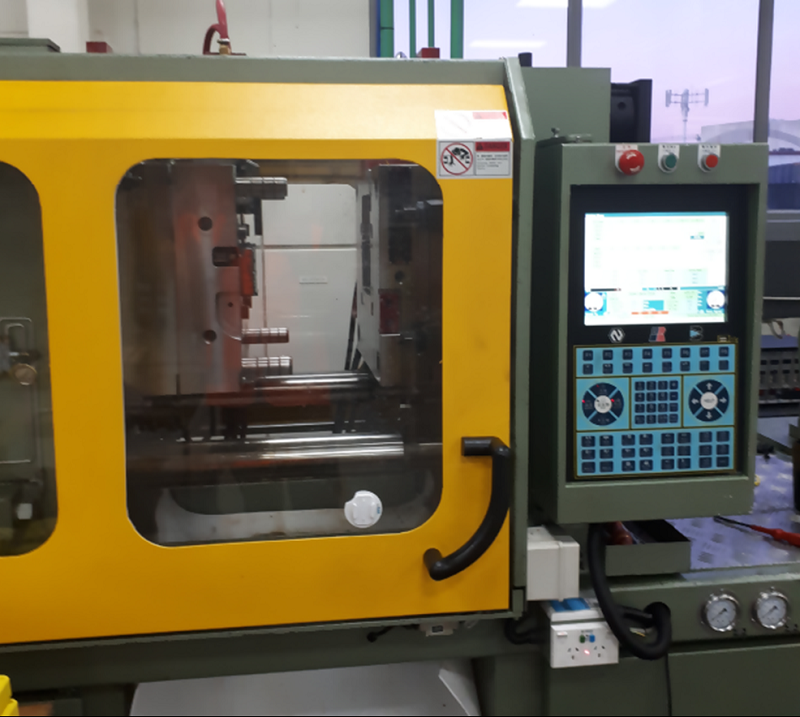
2. Verification of Parts
Once the technician is confident that the parts look good, a run of 50 or more parts would be done (this could be up to hundreds of parts). The parts are then assessed by a designer/engineer for accuracy.
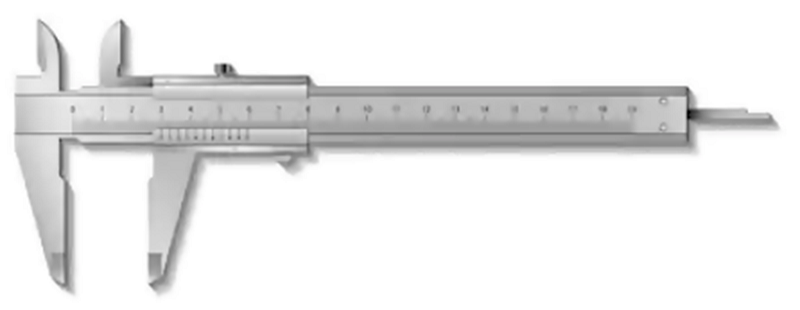
Once the technician is confident that the plastic parts look good, a run of 50 or more parts would be done (this could be up to hundreds of parts). The parts are then assessed by a designer/engineer for accuracy.
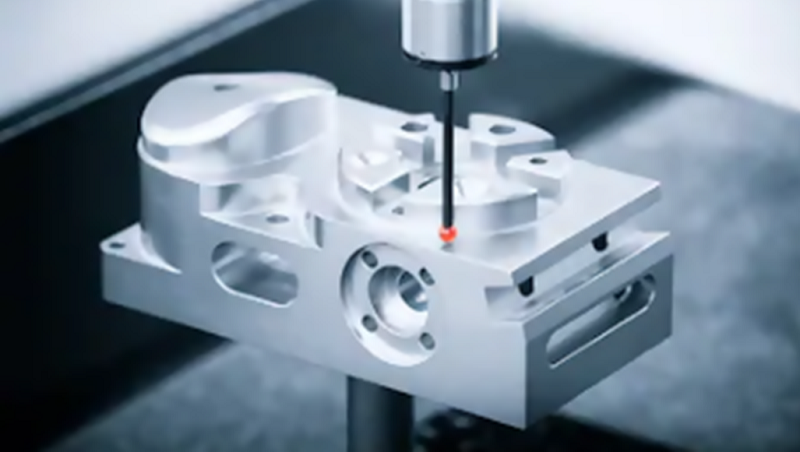
3. Setting Up for Production
Large volume production relies on consistency. If parts are to be produced time after time to the same standard, quality systems must be in place to track accuracy and catch any deviations as soon as possible.
A solid quality plan must be written up that ensures parts are sampled at differing intervals and taken away for measurement. This measurement data can be used with manufacturing data tools and techniques, to build up a picture of the overall process capability. The better the process capability, the more confidence the business has in its part and product quality.
Measurement of parts can be done with callipers, although the repeatability of data from using this equipment is usually low. Most large molding facilities will have a gauge room that employs staff whose expertise lies in metrology. They use tools such as a Coordinate Measuring Machine (CMM) or specially made gauges for each part, to check ongoing part quality.
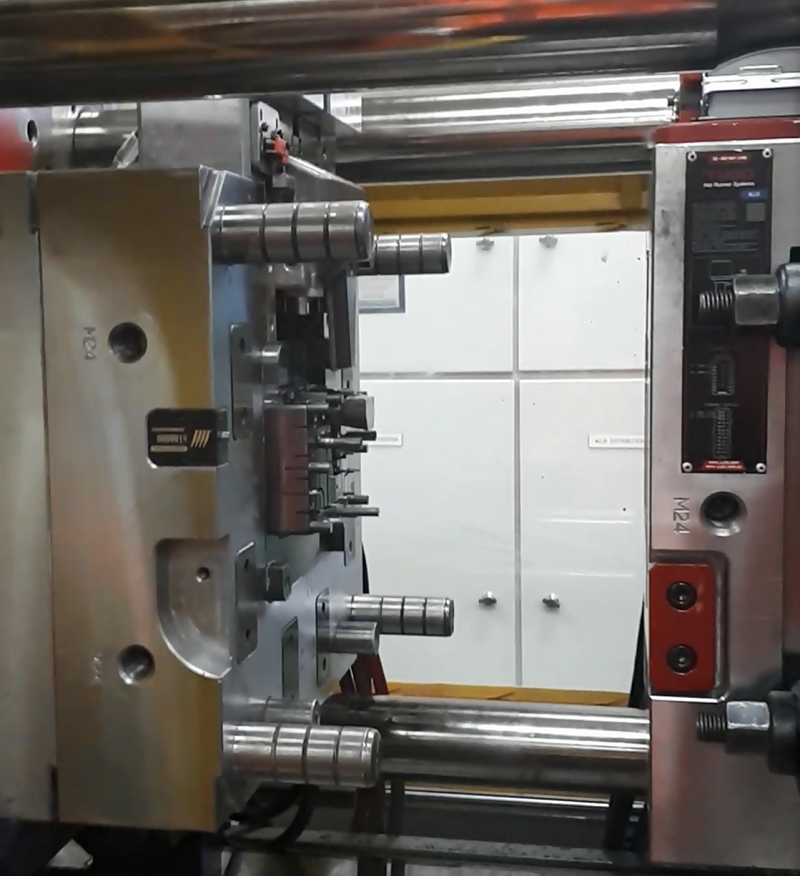
Specifications and drawings are usually finalized at this stage, with designers and engineers working together with manufacturing and quality staff, to lay down the documentation that will accompany the part through its lifetime in production. Dimensions and tolerances may need to be altered or deviations documented (providing they are acceptable) as part of this process.
4. Conclusion
The plastic part manufacturing can let you see the end product’s quality directly, it’s very necessary to check the sample quality before the part’s mass production. If there is any quality problem with the sample, you need to communicate with the technical soon.

